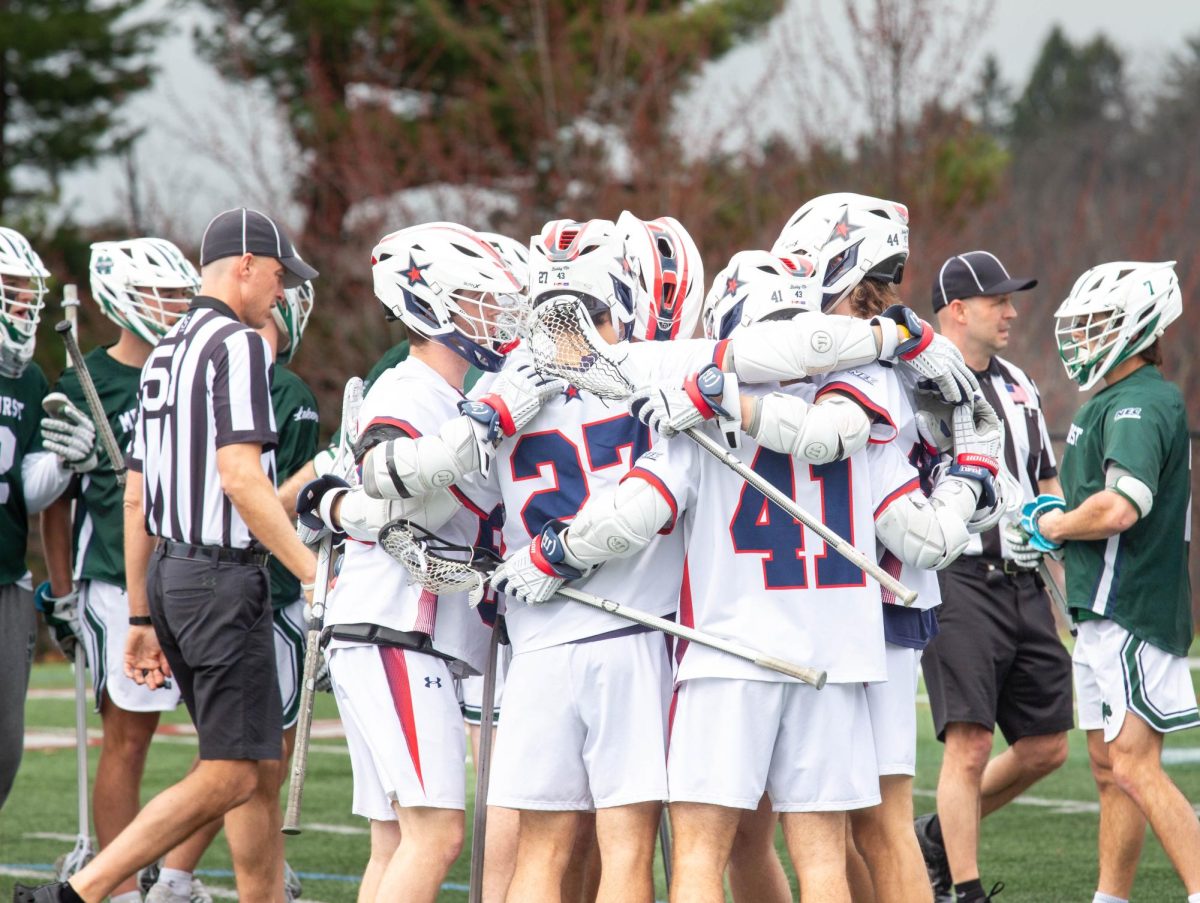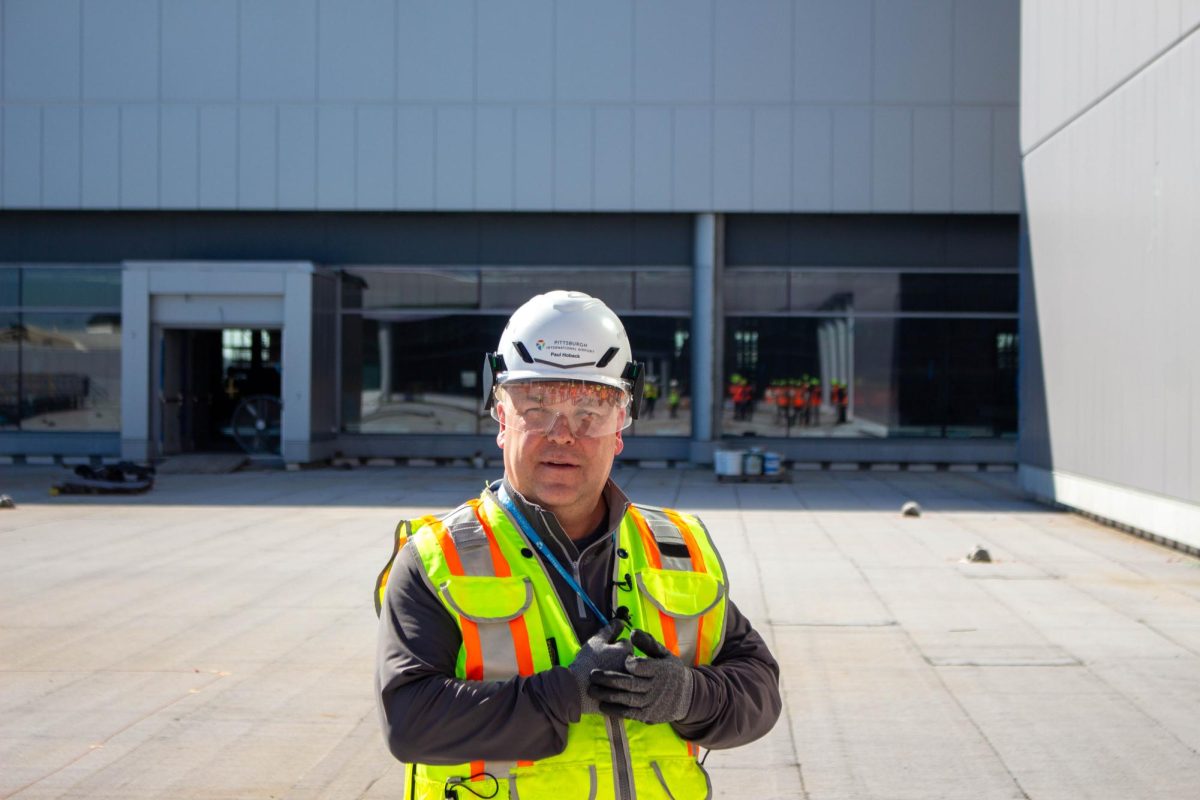The elderly woman entered the shop with a plan. Ever since she was a young lady, she had itched to be a part of the culture her husband and the bulk of society always wrote off so quickly. Now, in her 80s, she was going after it. After the owner did his part to customarily question her intent, the determined lady muttered, “now, I want my goddamn tattoo.”
Randy Lee Bartosh, the owner of 213’s Tattoo U, located in Coraopolis, PA, recalled this memory with a lighthearted chuckle. To him, this moment proved that industry was changing and moving toward a time where tattoos are viewed as art forms. Because 50 years ago, for instance, the practice was significantly more taboo.
“She explained to me that when she was a little girl, nobody had tattoos. And it was really odd to see someone with a tattoo and as she became older she saw more and more people with tattoos, but they were either involved in the military or in jail,” said Randy.
This lady, consequently the oldest client he has ever tattooed, explained that during the 60s or 70s the only women who had tattoos were ‘whores and bad people,’ and therefore her husband refused to allow his wife to be inked.
According to Randy, the social taboo that once weighed heavily on tattoo culture is finally being removed. The force behind its removal? The amount of professionals who are now getting tattooed.
“There are a lot more professionals now getting tattoos- I’ve tattooed everywhere from judges, to sports people, to newscasters, to librarians. Really, there are people from all walks of life getting tattoos,” said Randy.
Not only has Randy tattooed many different people- he’s well practiced in giving some of the wackiest or most unique designs. From smiley faces on genitalia to pictures of chicken wings, Randy asserts that tattoo enthusiasts have at least one thing in common: they love “to challenge oddity.”
Randy has passion for his creation through the medium of tattoos, but what may be surprising is the level of emotions that are often laid bare in tattoo shops. To the tattooed, a piece of body art is more than just ink. It’s a personal and meaningful emblem.
“And [the customer] fell apart, crying, and I’m like- how do you handle that? And of course you’re caring and you want to be there for the person but what it came down to is she never imagined being able to emulate her mom’s words on paper and I was able to do that,” said Randy.
Randy describes this encounter as one of the most meaningful moments of his life as a tattoo artist.
“To be able to affect someone like that and be able to bring their thoughts into art is the most incredible experience I have ever had, next to my daughter being born. It was the first thing I was able to look into a mirror and accept that I have a talent for,” said Randy.
And with that level of emotion or even rush that is available from the needle, it’s no wonder many tattoo enthusiasts describe the process as addictive.
“There’s a ton of people who are finding it in themselves that being tattooed and the process, privacy and the personal nature of getting a tattoo is therapy,” said Randy.
According to Randy, this surge in tattoo culture is caused by the stigma finally fading away. In turn, tattoos are being considered more as a modern art form than ever.
“I was speaking with somebody who was extremely, deeply Catholic. As a matter of fact, she’s a nun. And she had a lot of limited views, especially on social things going on nowadays. She was very off-put by my tattoos. And then I showed her one on my forearm, and I explained what it is and what it means to me and it completely, utterly changed her outlook on the industry as a whole,” said Randy.









Rosanne Robinson • May 11, 2013 at 10:39 am
What a wonderful article!!! I did not expect that ending!! Thank you for sharing!
Anonymous • Oct 7, 2013 at 3:17 pm
Leah this is a very strong article great topic and great story behind it all I can say you continuing you dream is very inspiring and commendable you are going to be a wonderful journalist